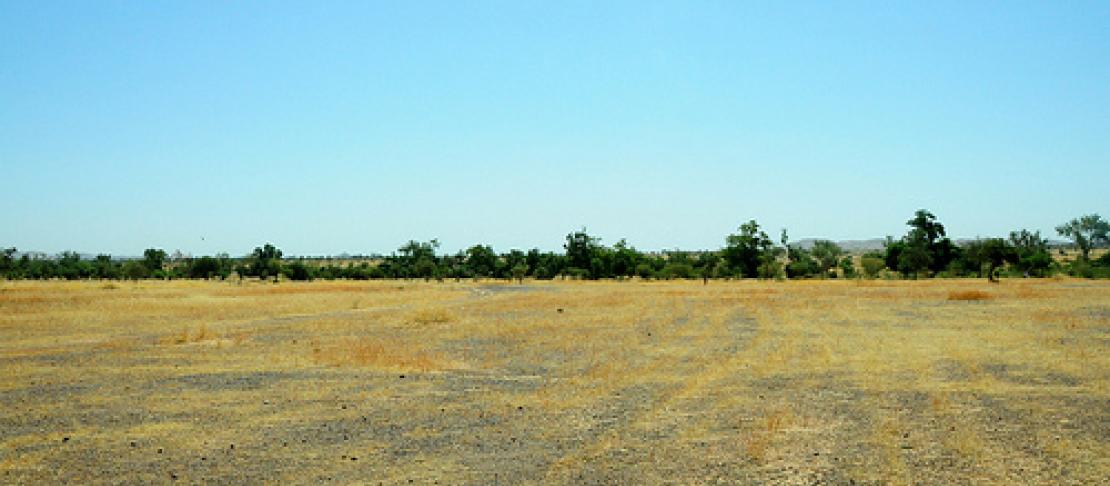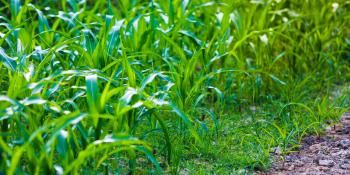Addressing the agricultural drivers of deforestation in the UNFCCC

Guest blog post by Gabrielle Kissinger, Lexeme Consulting
The CGIAR Climate program recently submitted input to the Subsidiary Body for Scientific and Technological Advice (SBSTA) of the UNFCCC on the importance of addressing agricultural drivers of deforestation in REDD+ development.
Countries pursuing REDD+ will increase their success in meeting their REDD+ mitigation targets by directly addressing agricultural drivers of deforestation in national strategies and action plans.
The FAO predicts a 70% increase in food demand by 2050. While yield increases can satisfy some of this demand, the pressure for expansion of agriculture into forest areas is inevitable. Recent studies demonstrate that agricultural production for domestic urban growth and agricultural exports are the primary drivers of tropical deforestation. Over 80% of new agricultural land comes from intact and disturbed forests, rather than previously cleared land.
This trend is expected to continue in the absence of clear REDD+ mechanisms and incentives for addressing agricultural drivers. Read our latest publications on this topic.
SBSTA can play an important role in defining how countries can address agricultural drivers of deforestation as part of national REDD+ readiness activities, identify the necessary data and methods to track agricultural land use and emissions in the design of landscape-based approaches to MRV systems, and offer guidance as to how to account for agriculture-related leakage. Please download CCAFS' submission to SBSTA, below, for more details.


